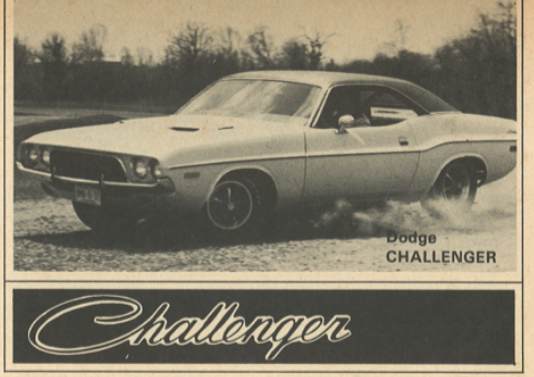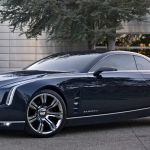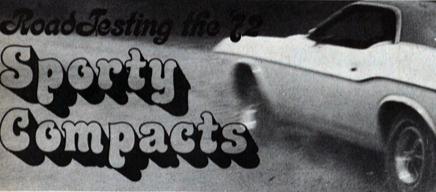

The power went out in 1972. Manufacturers did their best to hide the muscle shortage behind the horsepower reporting conversion from SAE Gross to SAE Net, but we all knew the sad truth.
Responding to the pending arrival of low-lead gasoline, makers were forced to dial back the power, which was just as well, as auto insurers were getting nervous anyway.
How deep were the power cuts? Let’s look at the Chevrolet Corvette as an example. In 1971, the ‘Vette’s big block 454-cubic-inch V8 cranked out a reported 365 horsepower in its mildest state of tune. For 1972, the only 454 offered was good for just 270 ponies. Again, some of that decline was attributable to the new reporting standards, but sadly, most of it was just missing muscle.
But even without the muscle, cars can be fun. As we explore Consumer Guide’s reviews of the “sporty compacts” of 1972, we note that “power” was just one of the 18 categories in which these sporty coupes were evaluated.
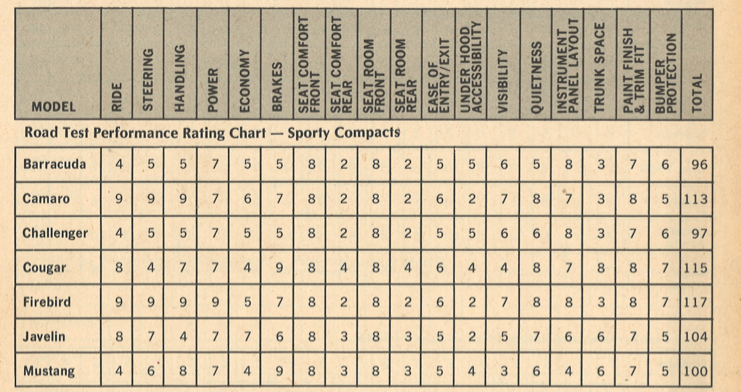
As with other vehicle categories reviewed by Consumer Guide that year, the sporty compacts were subjected to a quantitative assessment and ranked accordingly. Presented below in reverse rank order are all seven sporty performance cars evaluated along with a brief summary extracted from the original text. We apologize in advance for the long sentences.
If you’ve owned or spent time with one of these rides, tell us about it.
Consumer Guide Tests the Affordable Sporty Coupes of 1985
7th Place: Plymouth Barracuda (96 points)
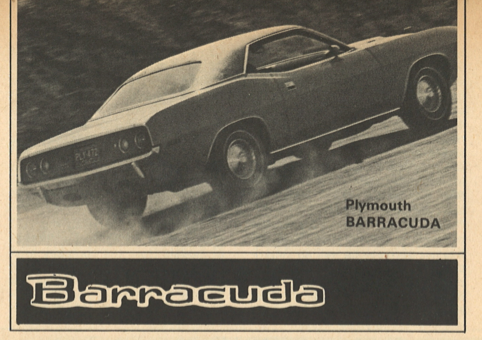
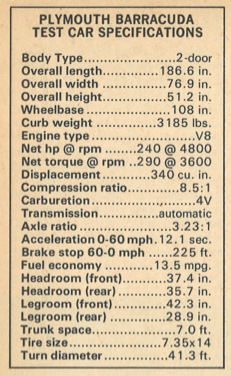
Summary: Barracuda was a loser in CONSUMER GUIDES’s performance ratings among the sporty compacts. It scored the lowest among all seven American models tested in this class. Its closest challenger for the dubious honor, in fact, was the Challenger itself, its big brother from Dodge.
6th Place: Dodge Challenger (97 points)
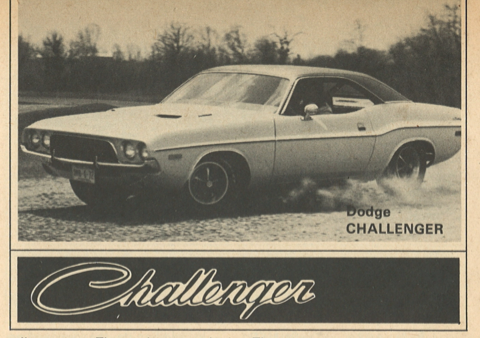
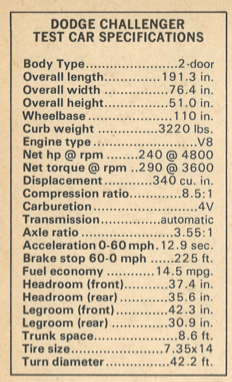
Summary: Like its little brother from Plymouth, the Barracuda, Challenger scored poorly in the most important categories of CONSUMER GUIDES’s performance evaluation. Its ride, steering, and handling, as well as its power, are hardly the best in the field, and it only tied for the lead in one category.
5th Place: Ford Mustang (100 points)
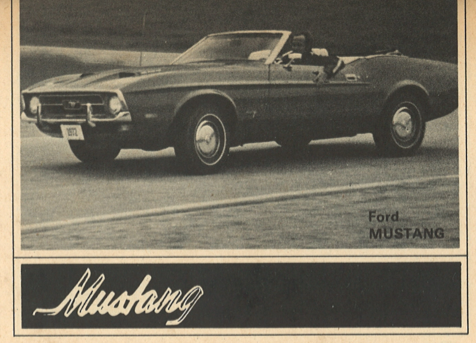
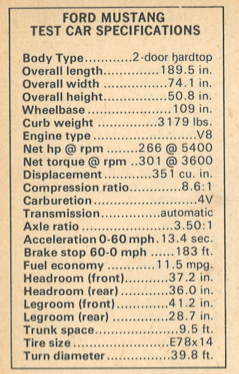
Summary: Because of its large exterior dimensions, and poor performance of the 351 engine, we do not rate the Mustang high on the Best Buy list in the sporty car segment of the market. This car will have to have major revisions in body size, driving ease, ride and performance before it again merits choice as best in its class.
4th Place: AMC Javelin (104 points)
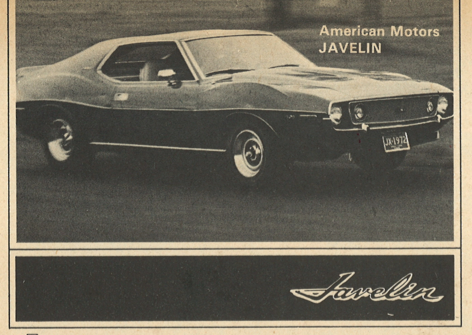
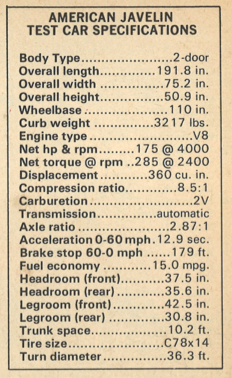
Summary: The Javelin leads the entire sporty compact field in the category for which most observers feel the compact sports car was created for—economy. The Javelin engines, the most extensive in the field, are all ranked by CONSUMER GUIDE among the smoothest and most efficient in the industry.
3rd Place: Mercury Cougar (115 points)
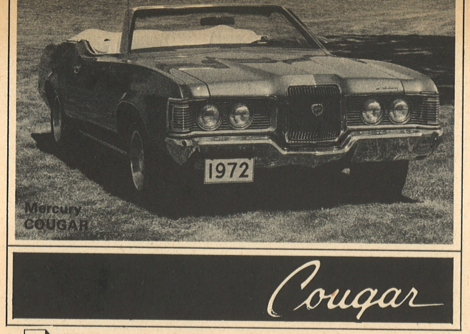
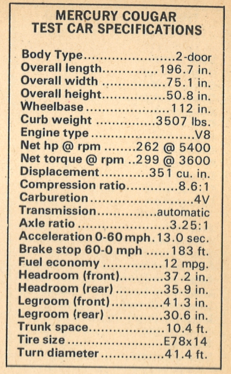
Summary: It’s no wonder that CONSUMER GUIDES’s outstanding impression of the Cougar is one of luxury. The high quality trim, the bigger size of the car and the more expensive interior appointments provided a ride that we expect to find in more expensive cars.
2nd Place: Chevrolet Camaro (113 points)
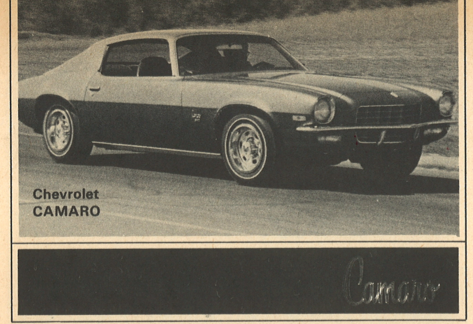
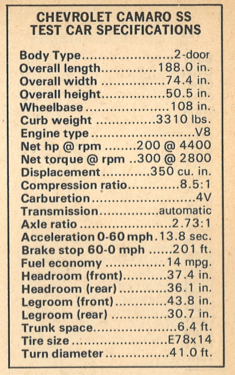
Summary: Camaro has the handling that you want in a sporty car, its power is excellent, though not overwhelming, and the high quality of this car makes it a good buy.
Best Buy: Pontiac Firebird (117)
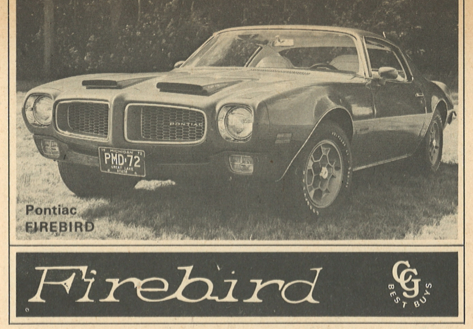
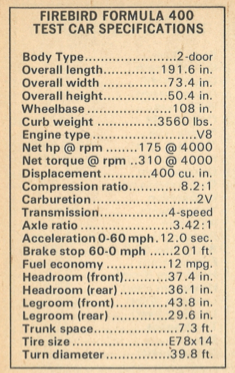
Summary: While Firebird Formula is not an inexpensive car, the extra money it costs the buyer is well spent. Its extra performance and handling features make any lesser Firebird model a poor buy by comparison. Only the racing-oriented Trans Am model delivers better handling and performance.
In CONSUMER GUIDE’s opinion, the Firebird is one of the quietest cars on the road, and represents what the sporty-compact field is all about—performance, luxury, plus a comfortable ride.

